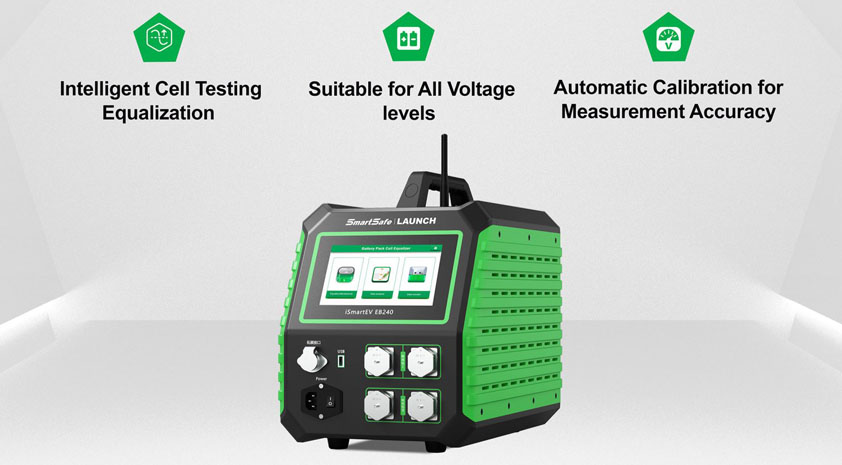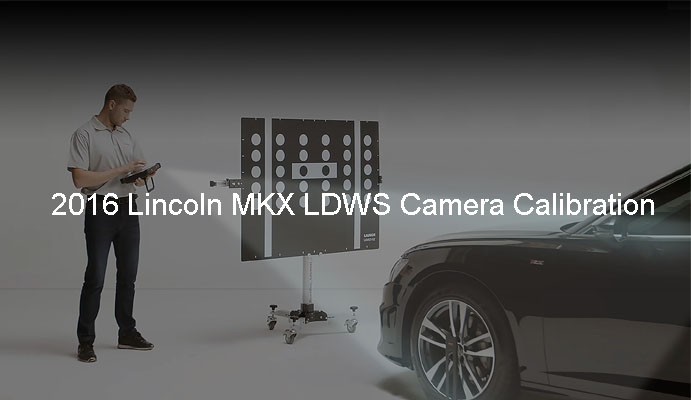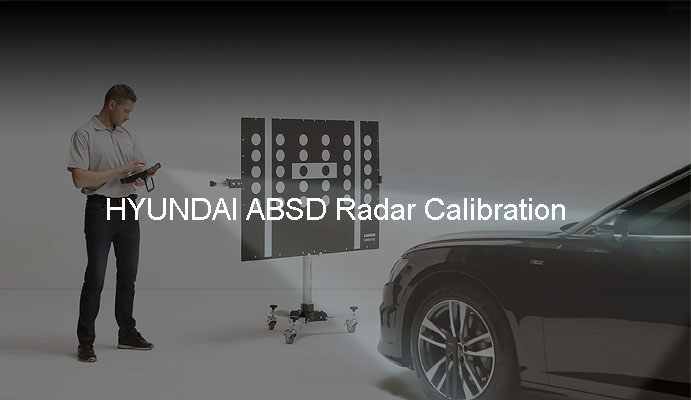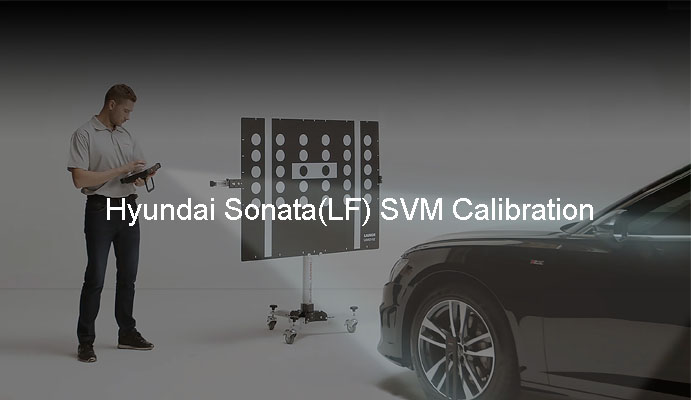When you browse the page, maybe you have seen "lithium battery equalizer", but you don't know what it does, what is its working principle. In this article, we will introduce you some basic knowledge about the lithium battery equalizer and its trends.
A lithium battery equalizer is a device or circuit that equalizes the charge levels of the individual cells within a lithium ion or lithium polymer battery pack.
The working principle of lithium battery equalizer monitoring the voltage levels of individual cells within a Li-ion or Li-polymer battery pack and actively redistributing the charge between the cells to achieve balancing.
Here's a general principle of how they work:
1. Voltage monitoring: The equalizer continuously monitors the voltage of each cell in the battery pack. It typically uses a combination of voltage-sensing circuitry and an analog-to-digital converter to accurately measure the voltage of each cell.
2. Imbalance detection: The equalizer compares the voltage levels of the batteries to determine if there is any significant imbalance. It calculates the voltage difference between cells to identify cells that are overcharged or undercharged compared to the average voltage.
3. Energy transfer: When an imbalance is detected, the equalizer initiates the energy transfer process. It typically uses power electronics such as switches, MOSFETs (Metal Oxide Semiconductor Field Effect Transistors) or relays to redirect the current between the batteries.
4. Equalizing current: By transferring current, it allows the battery with a higher voltage to discharge while charging the battery with a lower voltage. The equalizer allows excess charge to flow from the higher-voltage battery to the lower-voltage battery. This process continues until the voltage levels of all cells reach equilibrium.
5. Control algorithm: The equalizer uses a control algorithm to manage the energy transfer process. The algorithm determines the timing, duration and magnitude of the current transfer based on the voltage difference between the cells. It applies a balancing current in a controlled manner to prevent overcharging or discharging the battery.
6. Balancing threshold: A balancer may have a predefined voltage threshold that triggers the balancing process. These thresholds can be user configurable or preprogrammed for specific battery chemistries and requirements. The balancer activates when the voltage difference between the cells exceeds a defined threshold.
7. Continuous monitoring: During the entire charging or discharging process, the equalizer continuously monitors the voltage level of the battery to maintain balance. It adjusts energy delivery as needed to account for voltage changes or any new imbalances that may arise.
It should be noted that the specific implementation and control strategy of a lithium battery balancer may vary depending on the design of the balancer, battery pack configuration, and application requirements. Advanced balancers may incorporate additional features such as temperature monitoring, battery health diagnostics, and overcurrent protection to further enhance the performance and safety of the battery pack.

Lithium batteries require a balancer for several important reasons:
Unbalanced battery: Generally, lithium batteries are composed of multiple cells connected in series to achieve the required voltage. However, variations in manufacturing, battery capacity and usage patterns can cause imbalances between batteries. Some cells may have a higher voltage than others, resulting in uneven charge distribution. Balancers help correct these imbalances.
Capacity optimization: When there is an imbalance of cells within a battery pack, some cells may reach maximum charge capacity prior to others. This means that the overall usable capacity of the battery pack is limited by the lowest capacity cell. By balancing cells, the full capacity of the battery pack can be efficiently utilized, maximizing the use of available energy.
Performance improvement: Balancing cells helps improve the performance of your battery pack. It ensures that each cell operates within its optimum voltage range, improving the overall power output and energy efficiency of the battery pack. This leads to better performance in applications such as electric vehicles, portable electronics and storage systems for renewable resources.
Enhanced safety: Unbalanced batteries pose a safety risk. Enhanced Safety: Unbalanced batteries pose a safety risk. An overcharged battery can cause thermal runaway, where the battery generates uncontrollable heat and may catch fire or explode. Balancing batteries prevents individual cells from being overcharged, reducing the risk of such safety incidents and improving overall battery safety.
Extended life: Whether the battery is overcharged or discharged, it will accelerate capacity degradation and shorten the service life of the battery pack. By balancing charge levels, the batteries operate in a more even manner, extending the life of the battery pack.
State of charge accuracy: The balancer helps to accurately determine the state of charge (SoC) of the battery pack. By maintaining a balanced voltage level between cells, the BMS can rely on consistent voltage measurements to more accurately estimate the SoC. This data is critical to determining remaining battery capacity and ensuring proper battery management.
In summary, lithium batteries require balancers to resolve cell imbalances, optimize capacity utilization, improve performance, enhance safety, extend battery life, and provide accurate SoC readings. Balancers play a vital role in managing the individual cells within a battery pack to ensure efficient and reliable operation in a variety of applications.
The development of lithium battery equalizer technology is driven by the growing demand for high-performance and safe lithium battery packs in various industries. The followings are some trends and prospects for the future of lithium battery equalizer technology:
① Intelligent balance system: The future of the lithium battery equalizer lies in the intelligent balance system. These systems will incorporate advanced algorithms and smart sensing technologies. The balancing operation is dynamically adjusted according to various parameters such as battery voltage, temperature and internal resistance. The smart equalizer can adapt to changing battery conditions, optimize the balancing process, and improve overall system performance.
② Active battery monitoring: Active battery monitoring can detect early signs of battery degradation, identify faulty batteries, and enable proactive maintenance and replacement strategies, thereby improving the reliability and life of lithium battery packs.
③ Energy harvesting balancer: Explore energy harvesting technologies, such as using excess energy from electric vehicle braking or using ambient energy to power equalizer circuits. Energy harvesting balancers can improve overall system efficiency by reducing power consumption and increasing balance system autonomy.
④ New balance mechanism technology: Explore a new balance mechanism beyond traditional energy transfer-based methods. For example, self-balancing materials or systems that redistribute electrochemically or mechanically within cells or modules. These innovative balancing mechanisms have the potential to improve efficiency, reduce component count and enhance the overall performance of Li-ion battery equalizers.
⑤ Increase safety protection: In the future, lithium battery equalizers are expected to incorporate additional safety features, these may include over-current protection, over-heat monitoring, short-circuit detection and battery-level fault diagnosis. The integrated safety features in the equalizer will provide comprehensive protection against potential hazards and ensure the safe operation of the lithium battery pack.
Overall, the future focus of lithium battery equalizer technology lies in improving efficiency, intelligence, security and application customization. These advancements will contribute to wider adoption of lithium-ion battery packs across various industries, leading to improved performance, longer life and safer operation of energy storage systems.
Return
1


